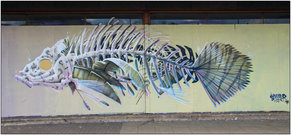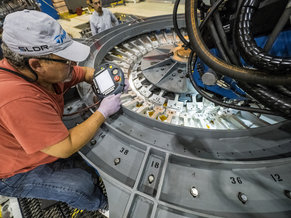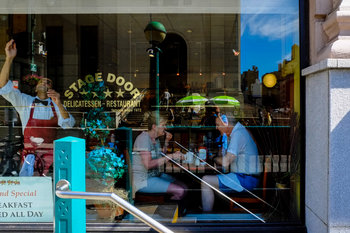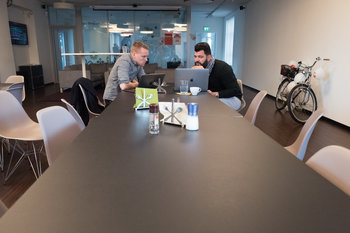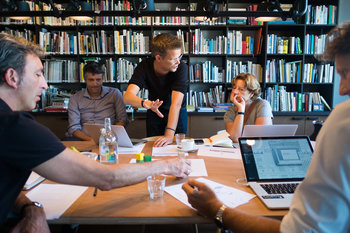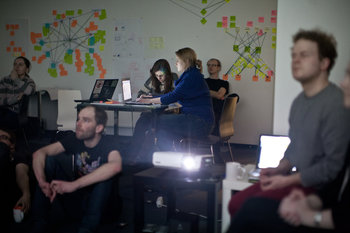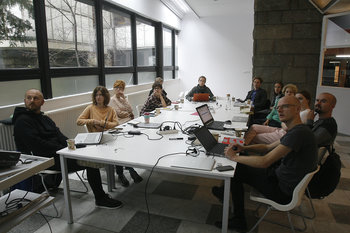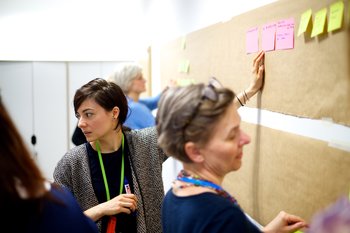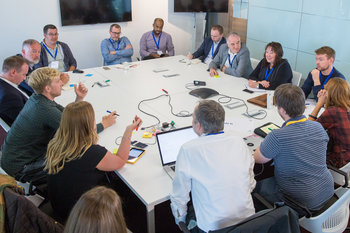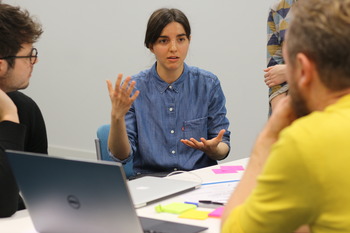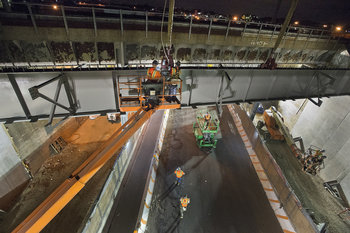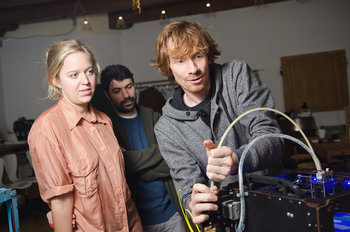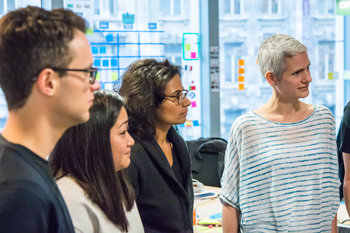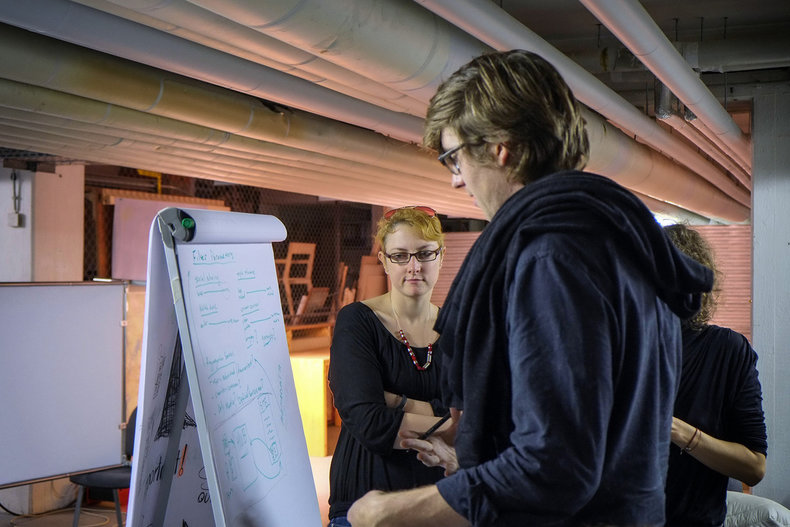
Open-ended
Frame the problem as having an open-ended solution to allow for creativity.
Closed-ended
Assume the problem has a limited set of solutions.
Question
Frame the problem as a open-ended or closed-ended question.
Choice Architecture
Frame the problem as a specific set of choices.
Opportunity
Assume the problem is a positive opportunity for growth, improvement and change.
Risk
Frame the problem as a risk.
Perspectives
State the problem from the perspectives of different stakeholders.
Outcomes
State the problem in terms of desired outcomes.
Future State
Paint a picture of some future state you need to achieve.
Current State
Detail the current situation as a problem.
Technical View
State the problem as a technical issue.
Business View
State the problem as a business issue.
Customer View
State the problem from the perspective of the customer.
Global Perspective
State the global impact and issues related to the problem.
Local Perspective
Focus on the local or team impacts of the problem.
Cynical View
Frame the problem as dire and insurmountable
Slippery Slope
Present the problem as the start of something that is about to get much worse.
Optimistic View
Frame the problem as completely solvable or as a positive challenge.
Pragmatic View
Frame the problem as having a likely partial solution that may be good enough.
Self-Correcting View
Suggest that the problem may simply work itself out.
Logical View
Present data and facts as a problem.
Emotional View
Present the emotion impact and issues surrounding a problem.
Social View
Frame the problem in terms of its human impact.
Capitalist View
Frame the problem in terms of money.
Historical View
Detail the long history and roots of the problem.
Future View
Present future challenges around the problem.
Structural Problems
Suggest that the problem requires dramatic structural change.
Optimization Problems
Suggest that the problem can be solved with continuous improvement and gradual change.
Story Framing
Frame the problem as a story in order to make it compelling and memorable.
Urgent View
Frame the problem as urgent with little time for a solution.
Cautious View
Suggest that a solution shouldn’t be rushed and that the problem requires much deliberation to solve.
| Overview: Problem Framing | ||
Type | ||
Definition | The process of developing a problem statement. | |
Value | A well framed problem may be easier to solve. | |
Pitfalls | Framing is often motivated by political viewpoints or agendas. | |
Related Concepts | ||


